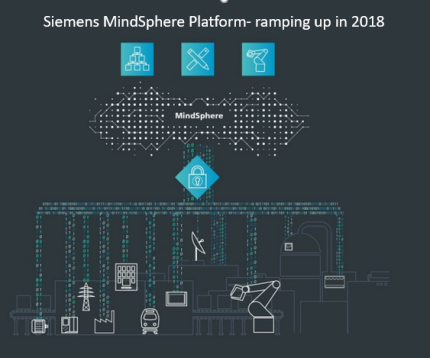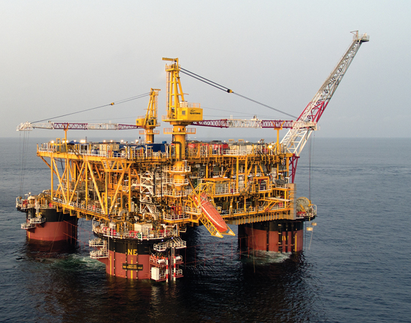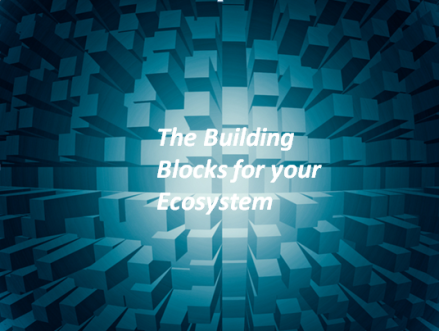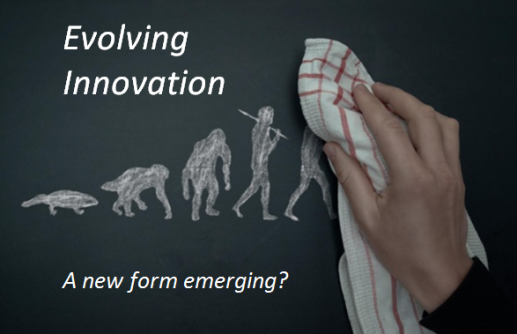 I continue to look at the world of IIoT solution platforms that are being offered to their customers which are digitally enabled, requiring connected devices to improve efficiency, productivity and increase profitability, all being provided through digital platform offerings
I continue to look at the world of IIoT solution platforms that are being offered to their customers which are digitally enabled, requiring connected devices to improve efficiency, productivity and increase profitability, all being provided through digital platform offerings
I’ve looked at Bosch and its IoT suite, Siemens and its Mindsphere, GE and its Predix platform, and Schneider Electrics with its Ecostruxure to begin to explore and understand their digital platform offering. I do need to revisit GE and its Predix platform with recent changes occurring inside the company.
I then wrote a summary of the fact that Industry is lagging but catching up in its choices of platform offering, taking three of these examples and how just within a few months this seems to be accelerating into a real race of the IIoT digital platforms to seize competitive advantage as well as I term it “taking the IIoT hill” to make sure customers align with them. A digital industrial application offering has increasingly become central to growth for many of the infrastructure providers.
This post is about ABB and their ABB Ability™ to offer a common platform across the industries they serve of a digital end-to-end set of solutions.
ABB has been investing in building their ‘digital operations’ to control, interrogate and modify the operational task in response to the external signals, mostly through distributed sensors. The aim is to transform clients activities more into software-driven activity, where the operational results in identifying trends and possible failure modes and equally, how they can transform the whole maintenance regime, to reduce downtime and anticipate potential failure.
ABB has a fairly powerful business case for being a trusted partner.

 Why do we need a new innovative architecture, for mapping out the future
Why do we need a new innovative architecture, for mapping out the future Whenever I seem to read about Platforms and Ecosystems, it mostly seems to relate to technology-led organizations and how they continue to connect us all up in our private lives.
Whenever I seem to read about Platforms and Ecosystems, it mostly seems to relate to technology-led organizations and how they continue to connect us all up in our private lives. The move towards open-cloud based IoT operating systems has been significant in the past few years or so. Most major industrial companies have set about building and offering to their clients their platforms, for more open design and engineering, automation and operational work, as well as increased emphasis on maintenance and utilization.
The move towards open-cloud based IoT operating systems has been significant in the past few years or so. Most major industrial companies have set about building and offering to their clients their platforms, for more open design and engineering, automation and operational work, as well as increased emphasis on maintenance and utilization. We need to shift our innovation thinking, it needs to be digitally transformed. We need to accelerate our activity and engagement and to achieve this, we need to widen out our communities and connect differently.
We need to shift our innovation thinking, it needs to be digitally transformed. We need to accelerate our activity and engagement and to achieve this, we need to widen out our communities and connect differently. Digital technology is about to become the precursor for all the changes we have put off for years within our organizations.
Digital technology is about to become the precursor for all the changes we have put off for years within our organizations. To borrow a phrase from the musician formerly known as Prince, we are innovating, at least in regards to platforms and ecosystems, like it’s 1999. This isn’t to suggest innovation is making beautiful music, but to take you back to a specific point in time and think about the conditions.
To borrow a phrase from the musician formerly known as Prince, we are innovating, at least in regards to platforms and ecosystems, like it’s 1999. This isn’t to suggest innovation is making beautiful music, but to take you back to a specific point in time and think about the conditions. Today business organizations are in need to put in place the building blocks for managing ecosystem designs.
Today business organizations are in need to put in place the building blocks for managing ecosystem designs. Paul and I have been exploring the interrelationships between innovation, ecosystems and platforms for a few weeks now.
Paul and I have been exploring the interrelationships between innovation, ecosystems and platforms for a few weeks now.